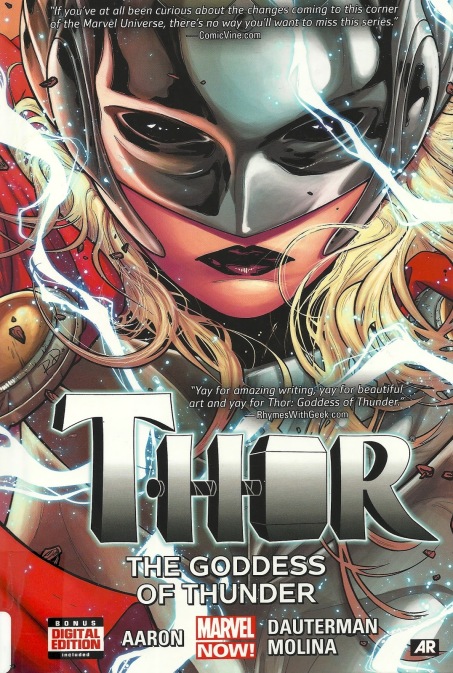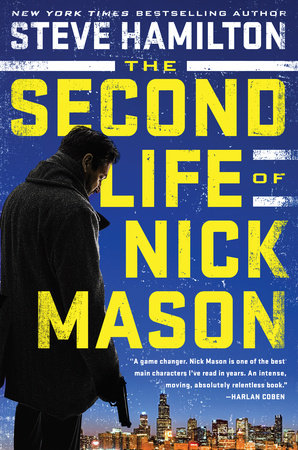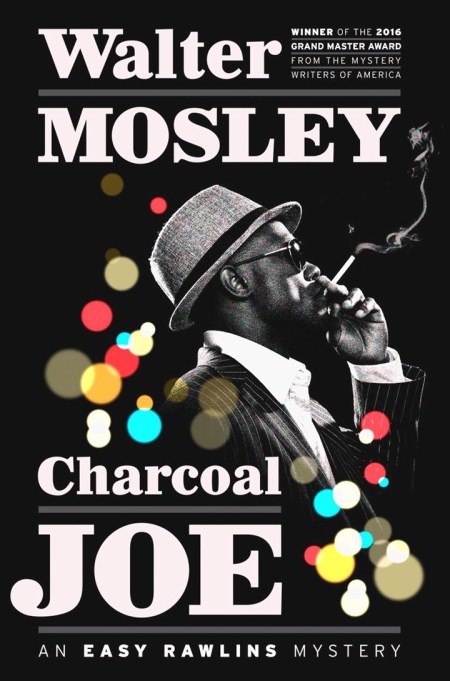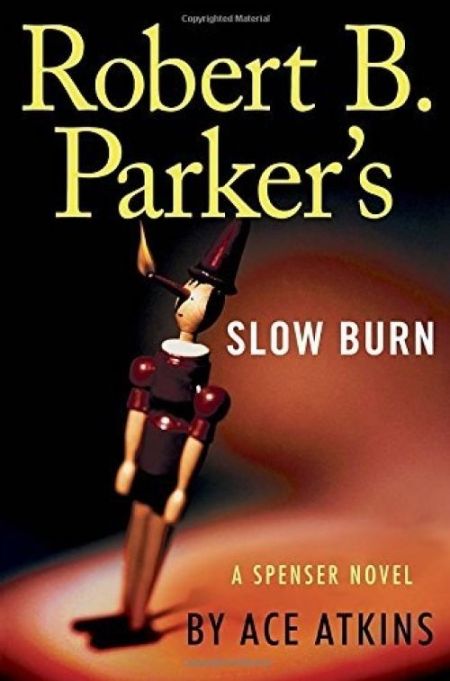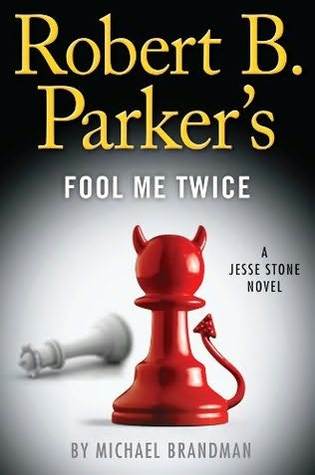
I got into Michael Brandman’s second Jesse Stone novel on the heels of the first because I had a good time returning to Paradise. Unfortunately, I probably jumped back in too soon in some ways.
Like the first book, this second novel goes down easily and smoothly. Brandman turns in prose that almost reads itself and moves the story from scene to scene. In some ways, I found that made the story almost too mechanical in its progression.
Like its predecessor, Fool Me Twice leans heavily on the three plot line structure. The initial plot line starts out with a girl causing a major accident while texting on her phone, a problem that’s constantly in the news it seems. I thought maybe that plotline would lead to something major, especially when Paradise’s richest couple (who were NOT good people). Instead, that plot thread remains frustratingly simple and ends up getting resolved in a saccharine ending that leaves some of the initial questions unanswered, and the confrontation with the parents in the wind. Trust me, that’s not a big plot spoiler.
The second plot line, which should have been more explosive, quietly forms up and runs out in an expected fashion. Marisol Hinton, movie star, arrives in Paradise to film her latest movie. She’s pursued by her meth-addicted soon-to-be ex-husband who has a million-dollar life insurance policy in his pocket he’s intending to exercise. This one was weird because the husband takes up a lot of screen time and Jesse doesn’t really get onto him until it’s too late. The bright spot in this plot is the return of Wilson Cromartie, but his presence is more a hint than a real guest-starring role.
The third plot line is weird and twisted. It appears the Paradise water department has been overcharging people. That plot line, as thin as it is and seemingly so pedestrian, turns ultra-violent at the end. And weirder still is that when the same scenario comes up earlier in the book, Jesse deals with it in an off-handed manner.
Again, I enjoyed the reading and got through the book in rapid order, but I kept seeing the mechanical process as the writer fit all the pieces together. I like to be able to sink into a story and pretend it’s really happening as the pages turn. That never quite happened for me in this one.



